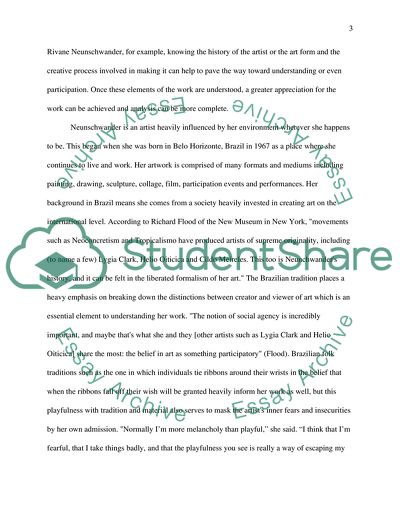Cite this document
(“Rivane Neuenschwander Term Paper Example | Topics and Well Written Essays - 1250 words”, n.d.)
Rivane Neuenschwander Term Paper Example | Topics and Well Written Essays - 1250 words. Retrieved from https://studentshare.org/visual-arts-film-studies/1434329-rivane-neuenschwander
Rivane Neuenschwander Term Paper Example | Topics and Well Written Essays - 1250 words. Retrieved from https://studentshare.org/visual-arts-film-studies/1434329-rivane-neuenschwander
(Rivane Neuenschwander Term Paper Example | Topics and Well Written Essays - 1250 Words)
Rivane Neuenschwander Term Paper Example | Topics and Well Written Essays - 1250 Words. https://studentshare.org/visual-arts-film-studies/1434329-rivane-neuenschwander.
Rivane Neuenschwander Term Paper Example | Topics and Well Written Essays - 1250 Words. https://studentshare.org/visual-arts-film-studies/1434329-rivane-neuenschwander.
“Rivane Neuenschwander Term Paper Example | Topics and Well Written Essays - 1250 Words”, n.d. https://studentshare.org/visual-arts-film-studies/1434329-rivane-neuenschwander.


